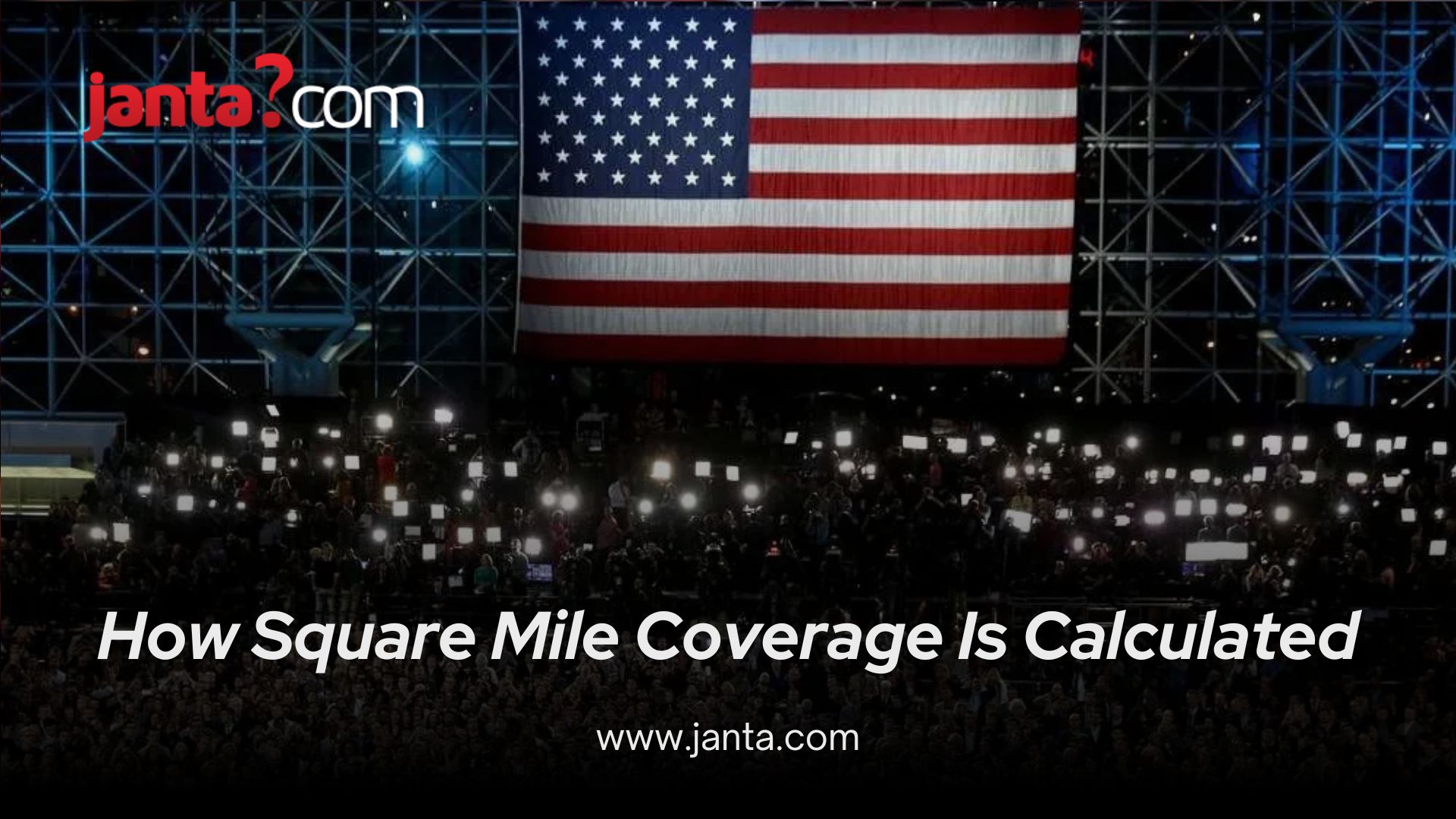The 2016 U.S. Presidential Election, between Hillary Clinton and Donald Trump, was one of the most divisive in recent history. Although Clinton won the popular vote by nearly three million, Trump secured the presidency through the Electoral College with 304 votes to Clinton’s 227.
Interestingly, Trump won about 85% of the country’s land area, while Clinton’s victories were concentrated in just 15%, mostly in urban regions. This article explores how analyzing square mileage offers insights into the political divide between urban and rural voters and what it means for future elections. Read on to understand the geographic impact on the 2016 results.
Electoral Map Breakdown
The U.S. electoral map is divided by states, each assigned electoral votes based on population. Most states follow a winner-takes-all system, except for Nebraska and Maine, which allocate votes proportionally. For more context about voter turnout, see the percentage of U.S. citizens voting in the presidential election.

Clinton’s Geographic Coverage
Clinton’s victories were concentrated in densely populated urban areas and coastal regions, winning states like California, New York, and Illinois. These areas are home to millions of voters but represent only a small fraction of the country’s land area. Clinton won an estimated 15% of the land area, while Trump, who dominated rural regions, won about 85%.
For historical context on geographic voting patterns, refer to how different groups voted in the 1960 presidential election. Additionally, the historic turnout of the 2020 U.S. election provides comparisons of voter turnout in different elections.

How Square Mile Coverage Is Calculated
Analysts use Geographic Information Systems (GIS) to map election results by county, then sum the land area each candidate won. However, this method doesn’t account for population density, which can skew the analysis. Urban counties with millions of people may be small in land area, while large rural counties, despite lower populations, cover vast regions.
Key State Examples
In states like California and New York, Clinton’s wins came from populous but geographically small areas, while much of the rural land favored Trump. This contrast helps explain why Trump won more square miles despite losing the popular vote.
Visualizing the Results
Maps of the 2016 election reveal a clear geographic divide. Large sections of the interior US turned red, while the Democratic vote was concentrated on the coasts and in major metropolitan areas.
In particular, many traditionally Democratic counties in the Rust Belt and Midwest, which had supported Barack Obama in previous elections, shifted to Trump in 2016, reflecting a significant realignment of the political landscape.
Implications of Land Coverage
Analyzing land coverage highlights the divide between urban and rural voters in the U.S. Clinton’s urban strongholds and Trump’s rural dominance reflect deeper political and cultural divides. Future candidates will need to appeal to both urban and rural voters to bridge this gap.
Conclusion
The 2016 election’s square mile analysis offers insights into how geography impacts electoral outcomes. While Clinton won more votes, her victories were concentrated in urban areas with smaller land coverage, highlighting the role of geography in political strategy.
